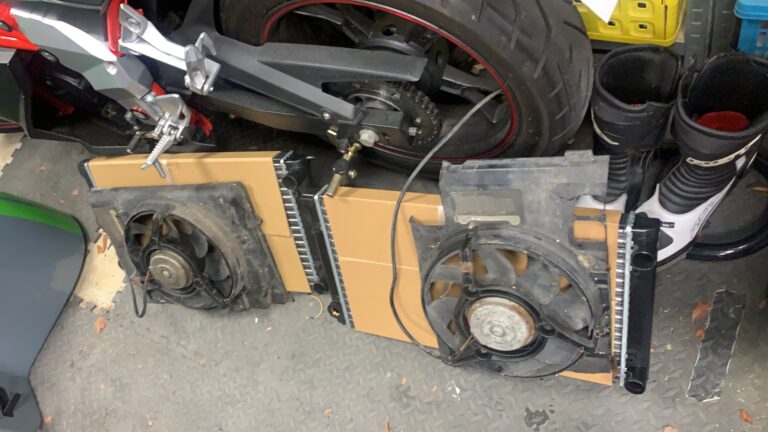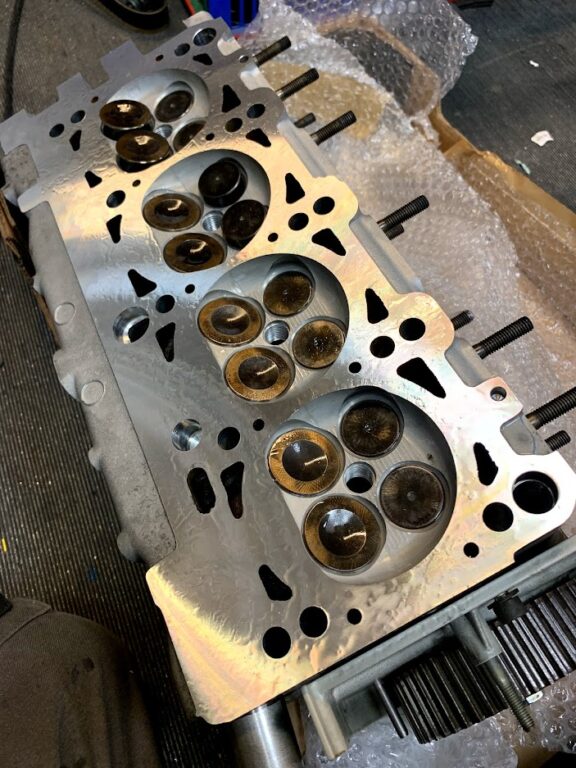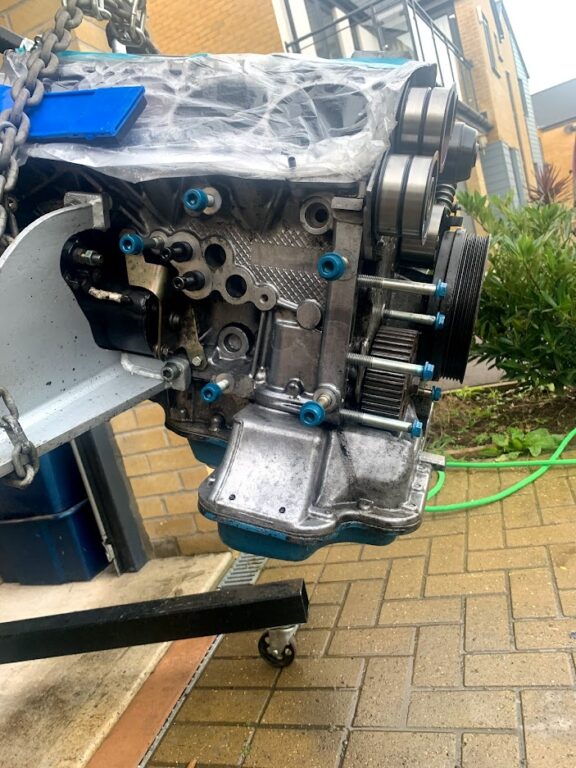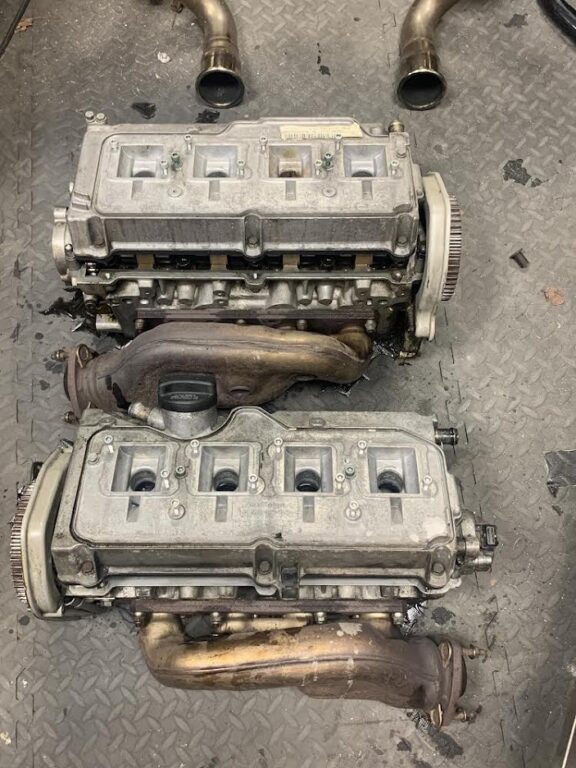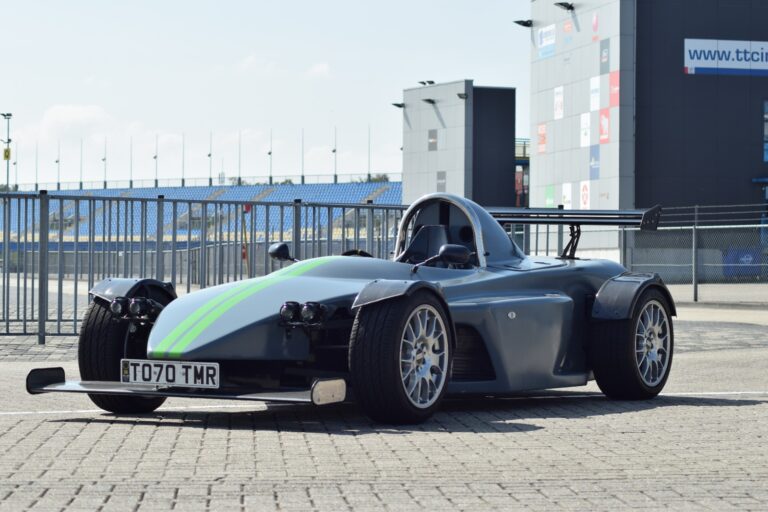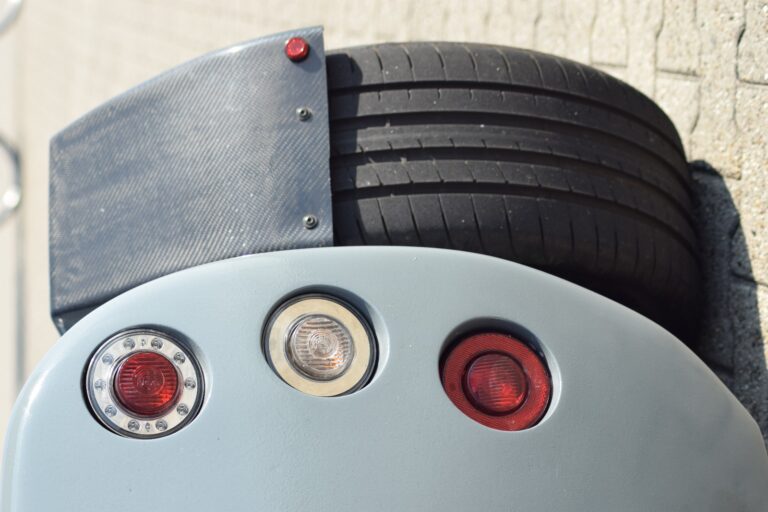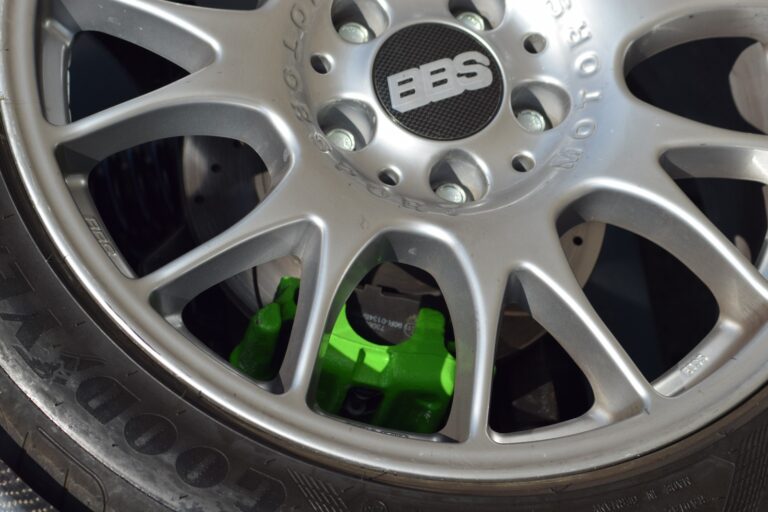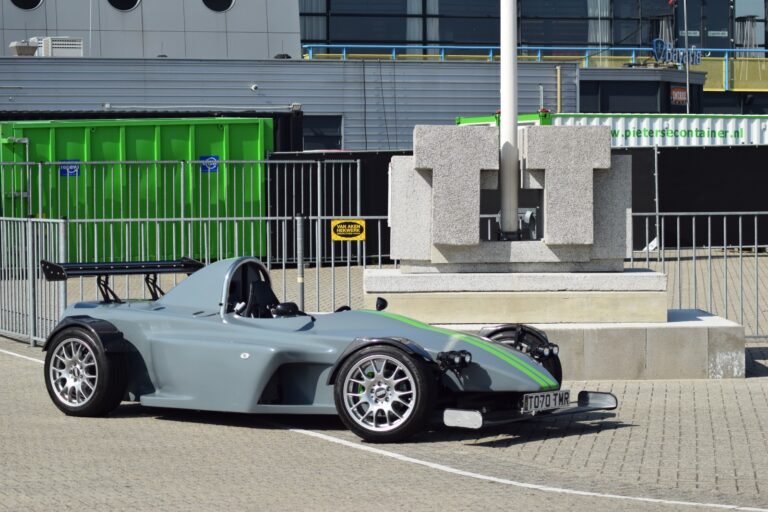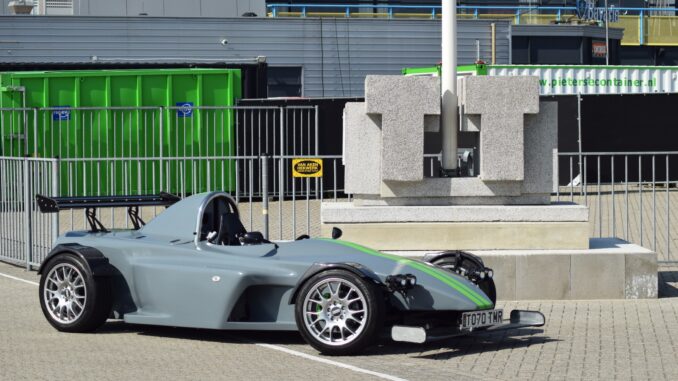
It’s September 2021 and as with all kit cars there have been some teething issues and I am still tuning, tweaking and improving.
January 2021 I had a cooling issue, overheated the engine, caused the plastic link pipe between the block and the oil cooler to fracture. This is a known issue with the ABZ engine and I ordered a stainless replacement from the USA. I decided as the engine had overheated I would take the heads off to inspect, leading me to decide to rebuild them completely. These were pretty straight but surfaced the bear minimum, all the valves were re-seated, the valve stems replaced and seals and the camshafts and hydraulic lifters were polished. I also took the opportunity to move the variable length inlet to a fixed fully open position; if you remember it had been set at the midpoint originally. This has changed the characteristics of the engine and I will need another rolling road session to get the full benefit; for now I have tweaked and tuned using adaptive and logging data. The car revs well and I think it is going to have some good figures when I get round to rolling road it again.
Back on the road I started working on the wheel alignment. I used the last Edge as my guide and had the wheels set up to match this, 9 months later this has moved quite a lot I’m know almost 100% happy. I have quite a lot of negative camber on all wheels, a tiny amount of toe out on the front and toe in on the rear. Turn in is sharp but straight line motorway is stable and bump steer is minimal.
Having such a unique car is always going to draw attention, and this was the case when Complete KitCar approached me for two articles. One for the build, and then one for the finished article.
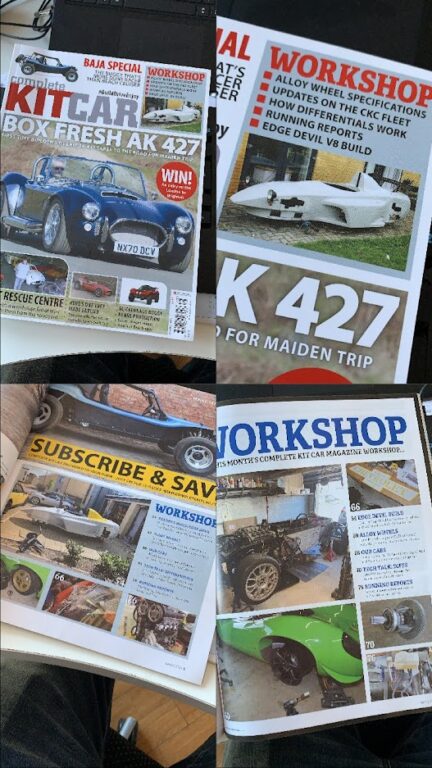
When it came to the second article and the photo shoot, I was in a competition with a good friend of mine for the front cover. Dan agreed to let me join him on his photo shoot, 2 days after mine, to see if we could make the front cover. We did and with an article looking at kitcars based around a central driving position, mine and the DJC V-Storm.
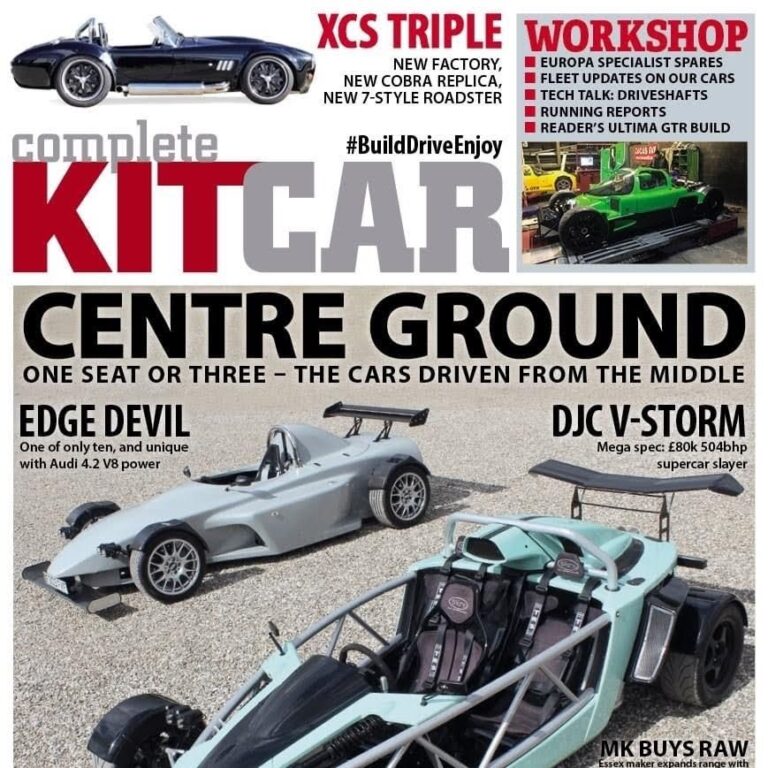
The dashboard was fine but I wanted a more modern F1 style. Again this was trial and error, eventually ending up with a 7″ tablet mounted as the display working over a Bluetooth connection to an Arduino that was running a CanBus to the Emerald ECU and a few analogue inputs for the Fuel Level ad Oil pressure as well as turn and beam indications. I will probably write a separate article covering the details of this at a later date.
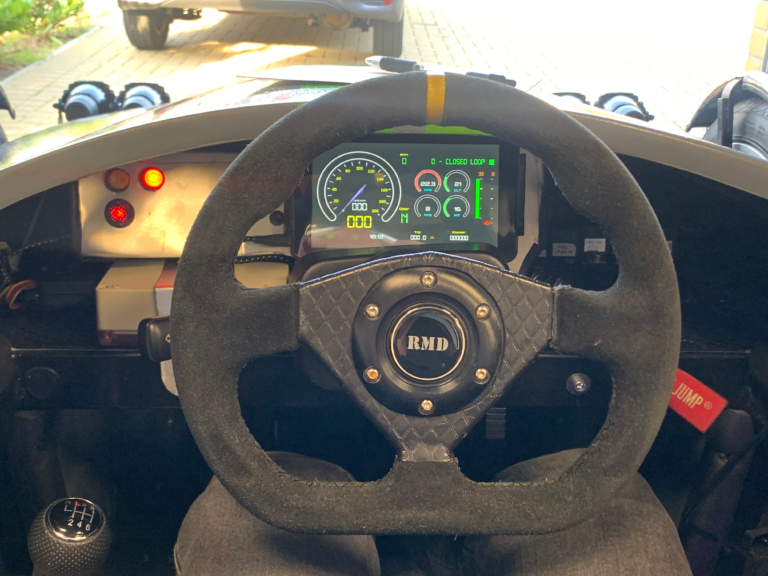
Cooling as noticed with the rolling road was an issue and I decided that even though the aluminium radiators looked good and closely matched the volume of the original Audi S8, the area of the radiator facing into the wind for cooling purposes was circa 25% of the original. I had also chosen to use generic 10″ fans which sucked (pun intended). I replaced the left hand radiator with a larger standard VAG item and replaced the 10″ fan with a top of the range 13″ SPAL fan that had an enormous displacement rating. This seemed to improve this things and on a test drive across the Netherlands to TT Assen I found the coolant was lowered by 5-6 degrees than what I had seen previously.
I replaced the right hand radiator as well, but placed both 10″ fans on this radiator as I wanted to see how well they worked without having to pay for another SPAL fan. They worked well, but with one downside; on a hot day, in lots of traffic the fans are running quite a lot and blowing this hot hair straight onto the Fuel pump and fuel lines. The heat became too high and the fuel evaporated in the lines. Pumping liquid is what the fuel pump is designed to do, pumping gas it is not and as a result this caused the engine to die. Resolution was waiting for it all to cool down and then continue my journey; I was in a rush so had the AA recover me back to Bury for a relay that threatened to be 4 hours later. I decided as it was 10pm, nice and cool I would risk the journey and drove home without issue. Heat protective matting is now placed around the fuel lines and the fuel pump to prevent a repeat of this issue and thus far things look good.
